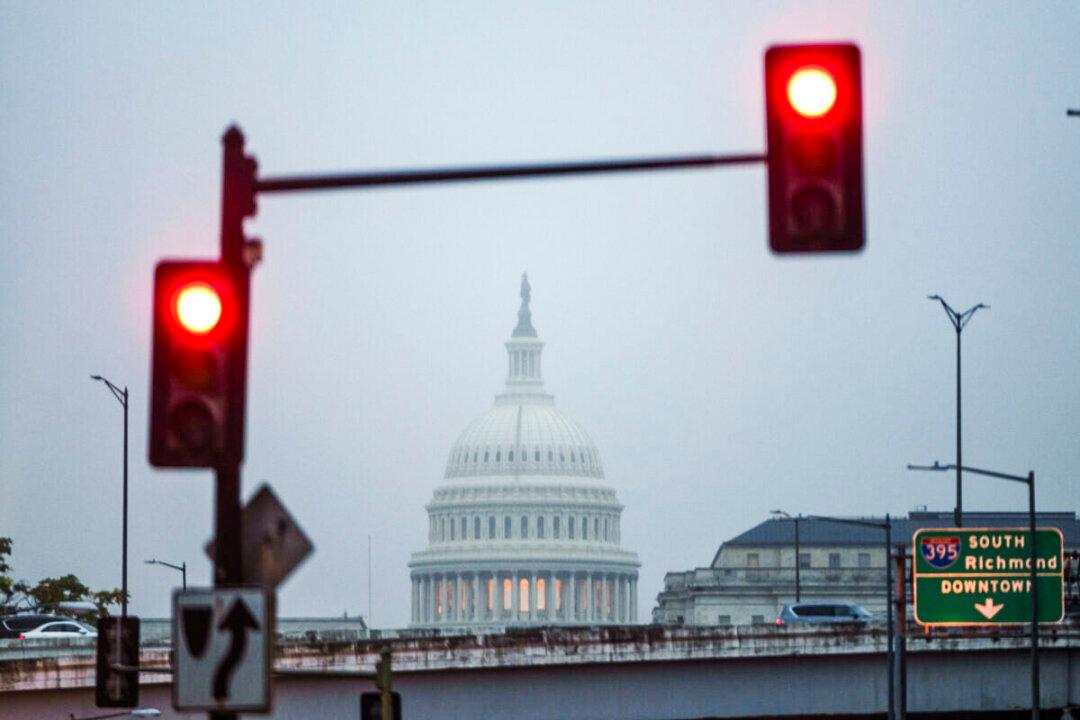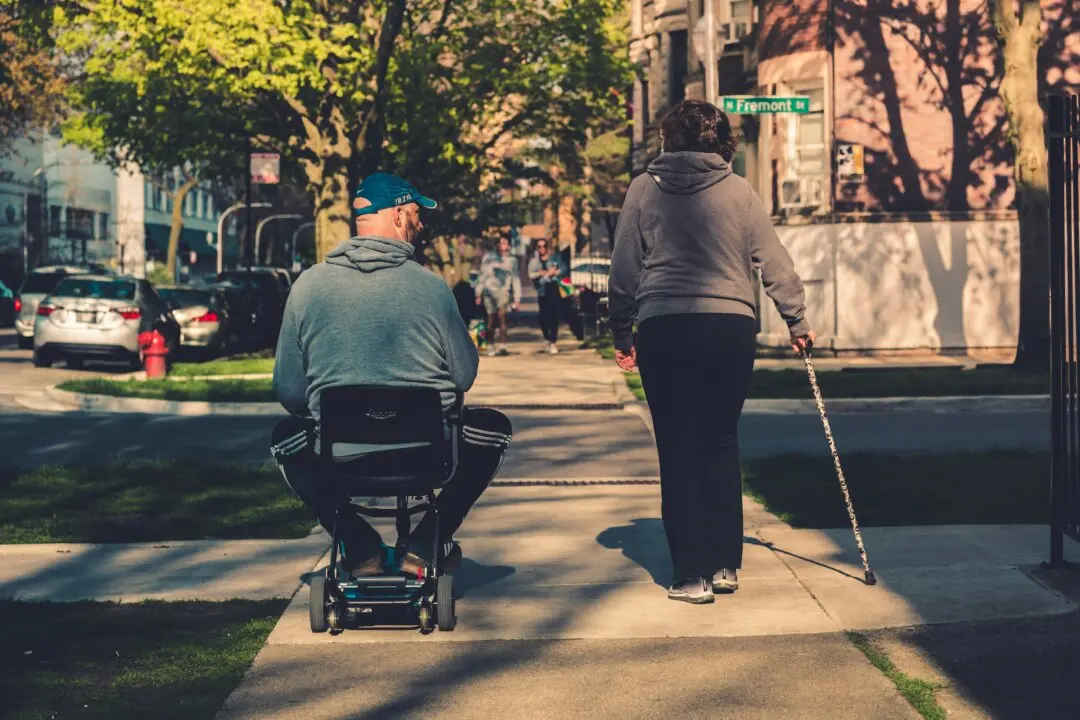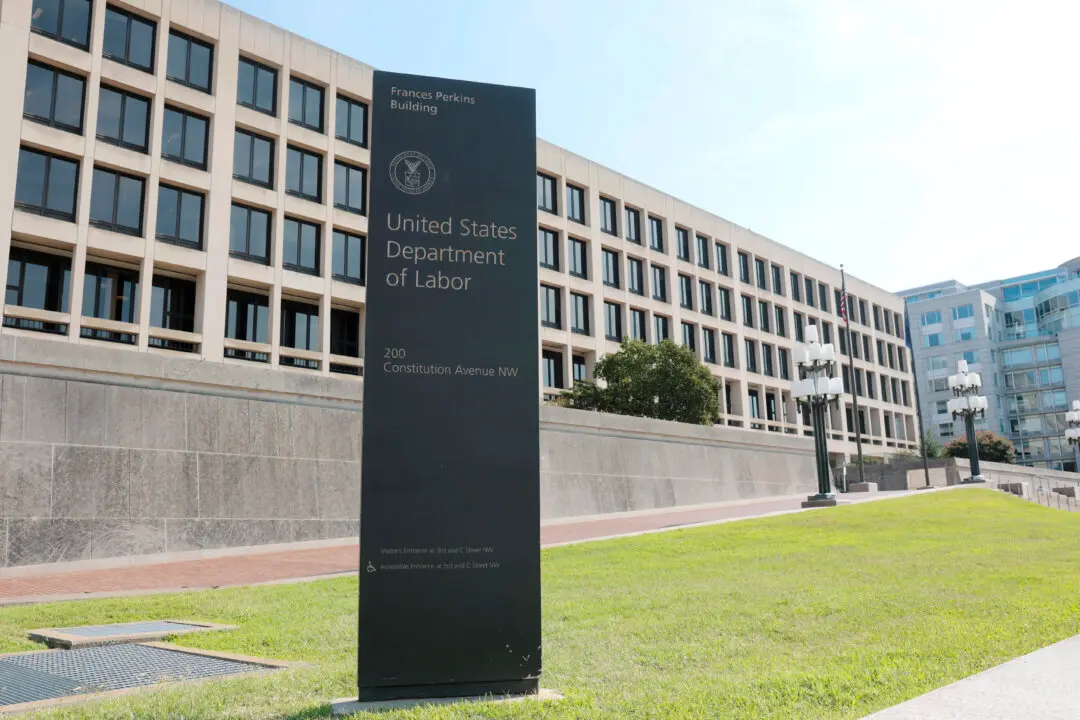Commentary
We live in the midst of the great unraveling, a time so disorienting that it becomes difficult to keep up much less describe and interpret events all around us. We tend rather to be bounced from data point to data point—high prices, learning loss among kids, falling income, increased population, the normalization of crime, the corruption of the media—without seeing the bigger picture much less having an explanation for why all this seems to have happened to us.





